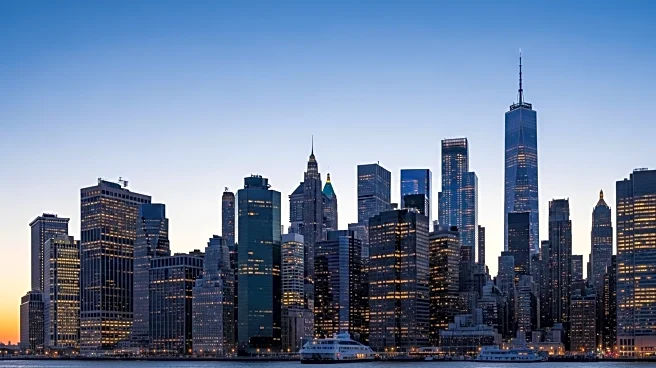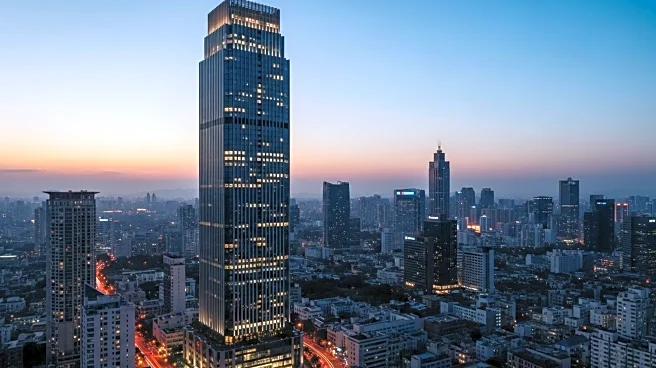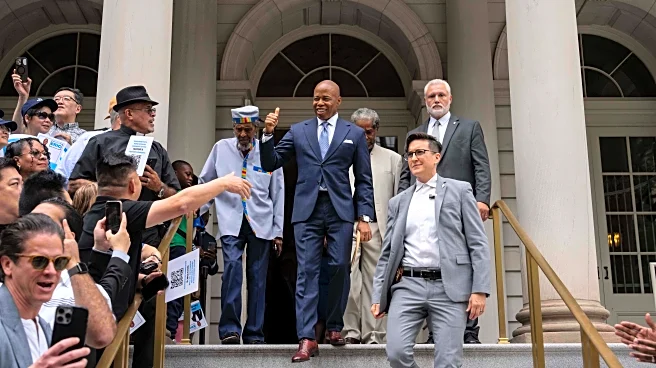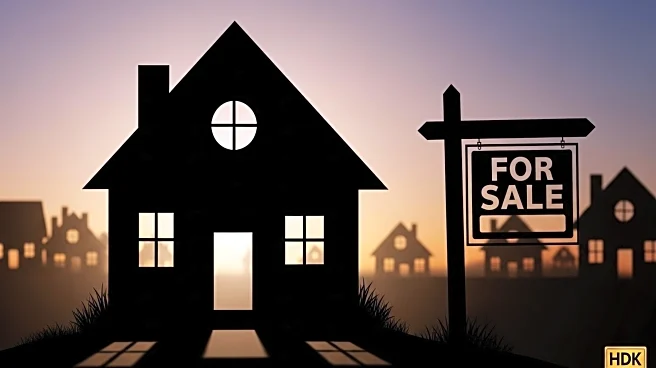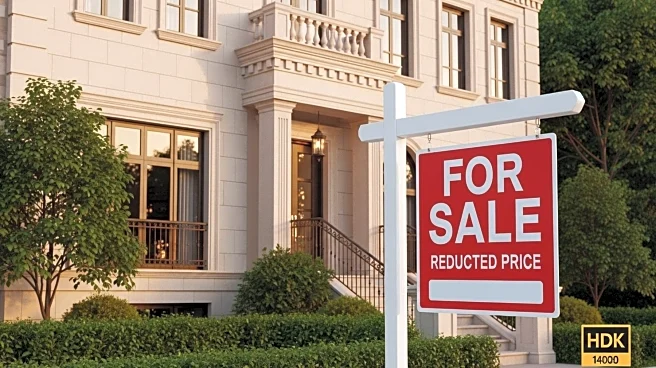What's Happening?
Manhattan has the highest percentage of vacant residences in New York City, with approximately 1,400 apartments, or 1.2% of its housing inventory, lying empty. This figure closely matches the national vacancy rate of 1.3%. The Soho and East Village ZIP code, 10012, has a notably high vacancy rate of 4.3%, more than triple the citywide average of 0.7%. The disparity in vacancy rates across Manhattan neighborhoods is attributed to the scale of residential construction and conversions, particularly downtown. Despite the high vacancy rates, demand for rental properties remains strong, with Manhattan ranking among the most competitive rental markets in the country.
Why It's Important?
The high vacancy rates in Manhattan, especially in prime areas like Soho and the East Village, highlight the ongoing challenges in the city's housing market. While the vacancy rates suggest underutilization, the strong demand for rentals indicates a persistent interest in city living. This situation reflects broader trends in urban housing markets, where high prices and conversion projects impact availability. The competitive rental market suggests that while ownership may be declining, rental demand remains robust, affecting housing affordability and accessibility for residents.
What's Next?
As office-to-residential conversions continue, Manhattan's housing landscape may see further shifts. The ongoing demand for rentals could lead to increased rental prices, impacting affordability. Stakeholders, including city planners and developers, may need to address the balance between residential construction and market demand to ensure sustainable housing solutions. Monitoring vacancy rates and rental market trends will be crucial for future urban planning and housing policy decisions.
Beyond the Headlines
The vacancy rates in Manhattan could have long-term implications for urban development and housing policy. The trend of converting office spaces to residential units may reshape the city's architectural and cultural landscape. Additionally, the disparity in vacancy rates across neighborhoods may influence future investment and development strategies, potentially affecting community dynamics and local economies.
